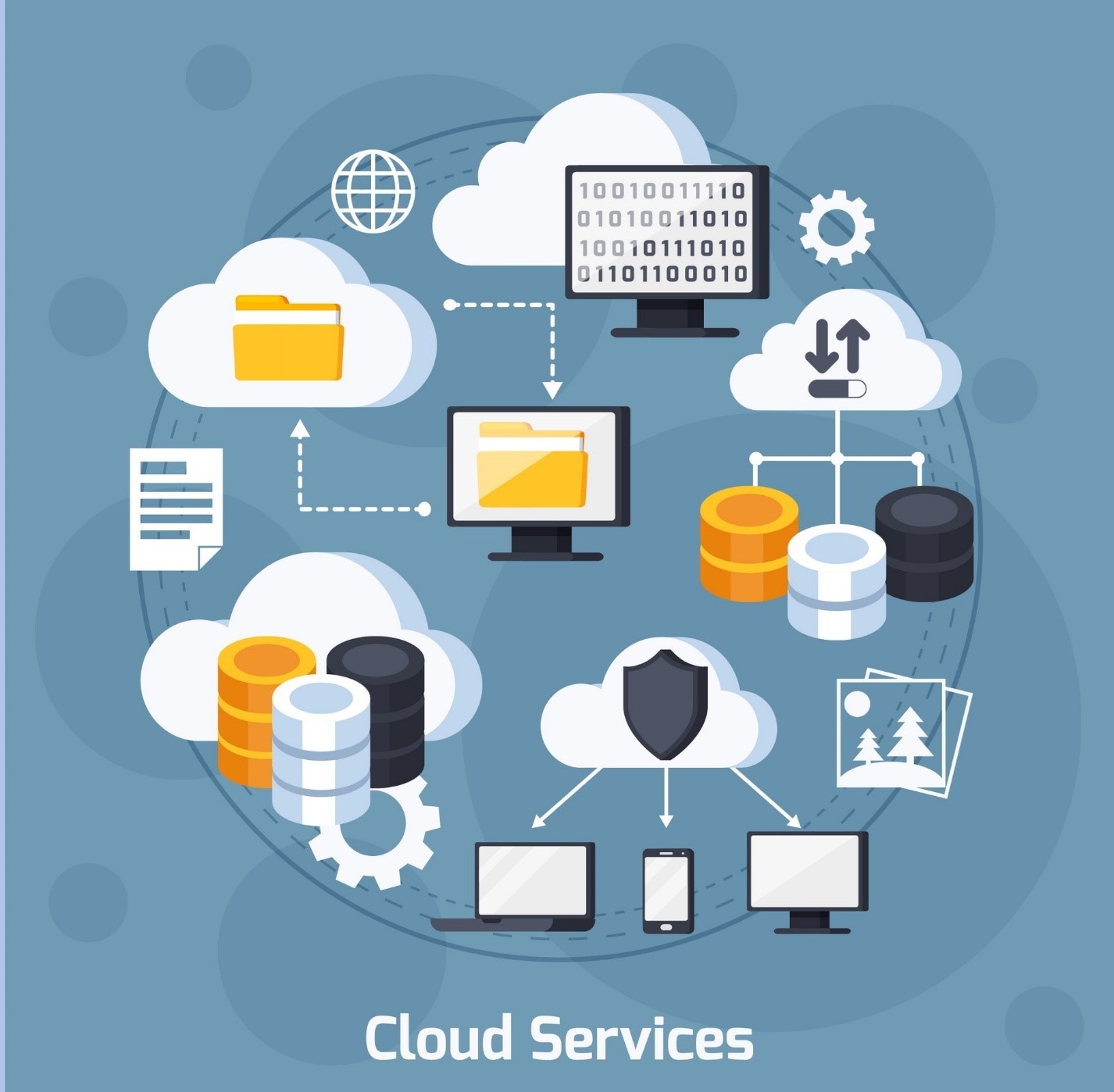In the world of business, documents play a crucial role. Sometimes, the use of physical paper is necessary, while other times digital formats are preferred. The question then arises: Where are these documents located? Are they sitting on a desk or residing in an email?
“IDC’s Global DataSphere, which forecasts the amount of data that will be created on an annual basis, predicts that over the next three years, data will grow at a compound annual growth rate (CAGR) of 21.2% to reach more than 221,000 exabytes (an exabyte is 1,000 petabytes) by 2026. That data will include both structured and unstructured data, but unstructured data overwhelmingly dominates, accounting for more than 90% of the data created each year” [1]

However, merely keeping up with the documents is only half of the struggle. Compliance becomes a pressing concern. Which revision or version of a document are you currently on? Is this the most recent version? How do you efficiently locate the specific document you need? Is this the document that directly addresses your concern? These are everyday issues that arise when a business heavily relies on documents. As per VentureBeat, “The average employee spends 3.6 hours daily searching for information — an increase of one hour more from last year’s report. IT employees spend half their day (4.2 hours) looking for relevant information.” [2]
Implementing a basic document management solution brings benefits to businesses, reducing the risk of misplacing important documents, minimizing storage space requirements, and cutting down search times. By employing a secure central storage location, documents can be better organized, leading to enhanced efficiency and increased collaboration among teams.
To harness the true potential of documents and fully leverage them for sharing information, analyzing data, and reporting on changes, a more robust solution is required. This is where document management software with record management capabilities (DMS) steps in, elevating document intelligence and revolutionizing the document management landscape. Let’s explore how it raises the bar in four key areas:
Organization and Efficiency
A DMS with record management capabilities goes beyond basic document storage by offering customization options to support workflows and boost efficiency through various features. By incorporating functionalities like routing, notifications, and reminders, the DMS simplifies document management processes and reduces manual effort. Documents and their associated data are easily maintained, tracked, and accessed within the system. Workflows become streamlined, minimizing errors and delays. Additionally, the DMS strengthens compliance efforts by providing a secure and legally recognized method for obtaining necessary signatures and approvals.

Documents can be classified and tagged based on multiple identifiers, such as purchase order numbers, dates, company names, or specific issues using DMS. This flexibility enables current workflows to be accommodated and supported, creating a comprehensive filing system. As a result, electronically stored documents become invaluable sources of information for quick analysis of critical issues, trends, and deviations, crucial for maintenance and business advancement.
Information Retrieval
In traditional document management systems, retrieving specific documents or finding relevant information within a vast sea of data can be a daunting task. However, a robust document management system (DMS) equipped with advanced search features, such as Optical Character Recognition (OCR), revolutionizes the way businesses retrieve and locate critical documents. with an advanced DMS, documents can be scanned, indexed, and processed using OCR technology. OCR transforms scanned or image-based documents into machine-readable text, allowing for comprehensive searches across various document types, including PDFs, Excel spreadsheets, Word documents, and more. This feature eliminates the need for manual searching, saving significant time and effort. By extracting specific language or content from documents, the DMS enables users to conduct targeted searches based on keywords, phrases, or relevant information.

Furthermore, advanced search functionalities enhance compliance efforts by guiding organizations in adhering to regulatory requirements. For instance, in industries with stringent regulations, such as healthcare (HIPAA) or finance (SOX), the DMS can scan documents for sensitive information, ensuring compliance with privacy and data protection laws. By flagging and highlighting documents containing such information, the DMS helps organizations maintain data integrity and prevent unauthorized access or breaches.
Cloud-Based Accessibility
In today’s digital age, where information is predominantly stored in digital formats, leveraging cloud computing for document management has become essential. Cloud-based document management provides users with the ability to access information from anywhere, regardless of time zone disparities, and at any time. Whether team members are in different regions or collaborating with external partners across the globe, cloud-based accessibility ensures that everyone can work together efficiently. This flexibility eliminates the constraints of physical proximity and office hours. Whether working remotely, traveling, or operating from multiple locations, employees can securely retrieve, review, and contribute to documents with ease. This synchronization of information eliminates delays and ensures seamless workflow continuity.

With a few clicks, authorized individuals can securely share documents, granting controlled access and permissions to internal team members as well as external collaborator such as partners. The agile and secure sharing capabilities enhance communication, fosters seamless collaboration among stakeholders and accelerates decision-making.
“By investing in the latest technologies, like AI, ML, NLP and cloud-based solutions for document management, organizations may find that they are able to streamline information processes while providing secure collaboration essential for meeting industry regulations, which are crucial factors for business growth in today’s digital era.”[3]
A cloud based SAAS solution like AffableBPM not only provides a secure document repository and customizable workflows as per organizations’ needs & industry regulations but also enables advanced search capabilities based on OCR to facilitate regulatory requirements, smooth collaboration and increased productivity.
Security and Compliance
A dependable DMS employs encryption techniques to safeguard sensitive information. Encryption converts data into an unreadable format, rendering it unintelligible to unauthorized individuals. By utilizing strong encryption algorithms, the DMS shields documents from unauthorized access, minimizing the risk of data breaches.
Effective document security relies on granting access to authorized individuals based on their roles and responsibilities. A robust DMS enables multi-level access controls, allowing data to be accessed only by individuals with the appropriate authorization levels. This ensures that sensitive documents are accessed by the right people and mitigates the risk of internal data breaches. By implementing granular access controls, the DMS maintains the integrity and confidentiality of documents, reinforcing security measures.

An integral aspect of document security is accountability. A DMS with audit trail capabilities leaves a traceable record of document activities, including views, edits, and sharing. Audit trails provide a detailed account of who accessed the document, what changes were made, and when they occurred. This comprehensive documentation not only enhances accountability but also facilitates compliance with regulatory requirements. Additionally, reporting capabilities enable organizations to generate detailed insights into document activities, aiding in compliance audits and internal reviews.
By entrusting a reputable cloud provider, such as Microsoft, businesses can benefit from robust security measures implemented at the infrastructure level. These providers invest in cutting-edge security technologies, implementing advanced firewalls, intrusion detection systems, and data encryption protocols. By relying on cloud solution such as AffableBPM deployed on Microsoft Azure cloud infrastructure, businesses can focus on their core operations, knowing that their document management system meets industry-standard security practices.
In today’s business world, efficient document management is essential. A robust document management system (DMS) such as AffableBPM with record management capabilities offers customized workflows, streamlined processes, and enhanced efficiency. Its advanced search features, including OCR, expedite information retrieval and aid compliance efforts. Cloud-based accessibility revolutionizes collaboration, eliminating physical constraints and time zone limitations. The DMS ensures document security through encryption and multi-level access controls, supported by audit trails and reporting capabilities. By implementing a comprehensive DMS, businesses can optimize document management, unlocking the full potential of information and driving growth and success.

